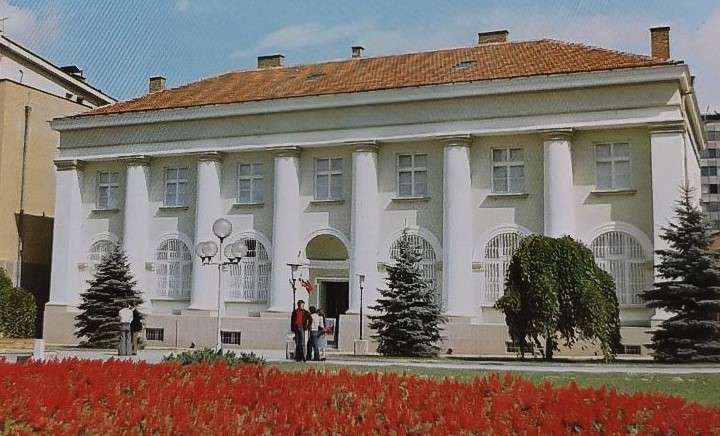
The building was built to host the military Institute for Road Design.
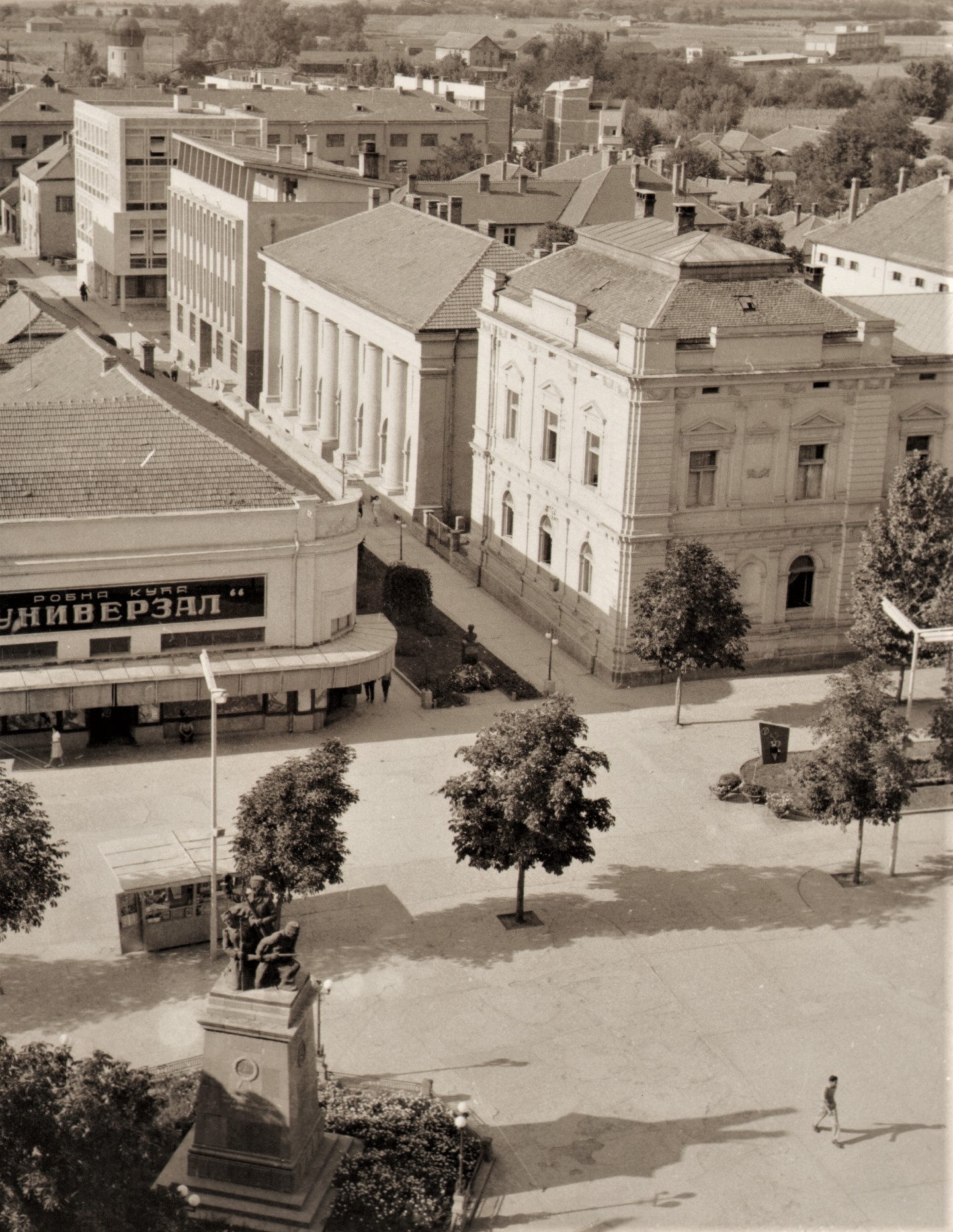
The Historical Archives were located on the ground floor, while storing the archive itself in another building, at a former military complex.

The City Museum was founded in January 1951 and was inaugurated on March 27th of that year. It was located initially at Dositejeva Street no.1, but has been moved by the end of the year to the first floor of the building it still occupies today.

First official and detailed archeological research of Felix Romuliana begun on May 15th, under the leadership of Đorđe Mano-Zisi, the curator of the Central National Museum in Belgrade, and on the insistence of Vekoslav Popović, then the director of the City Museum.
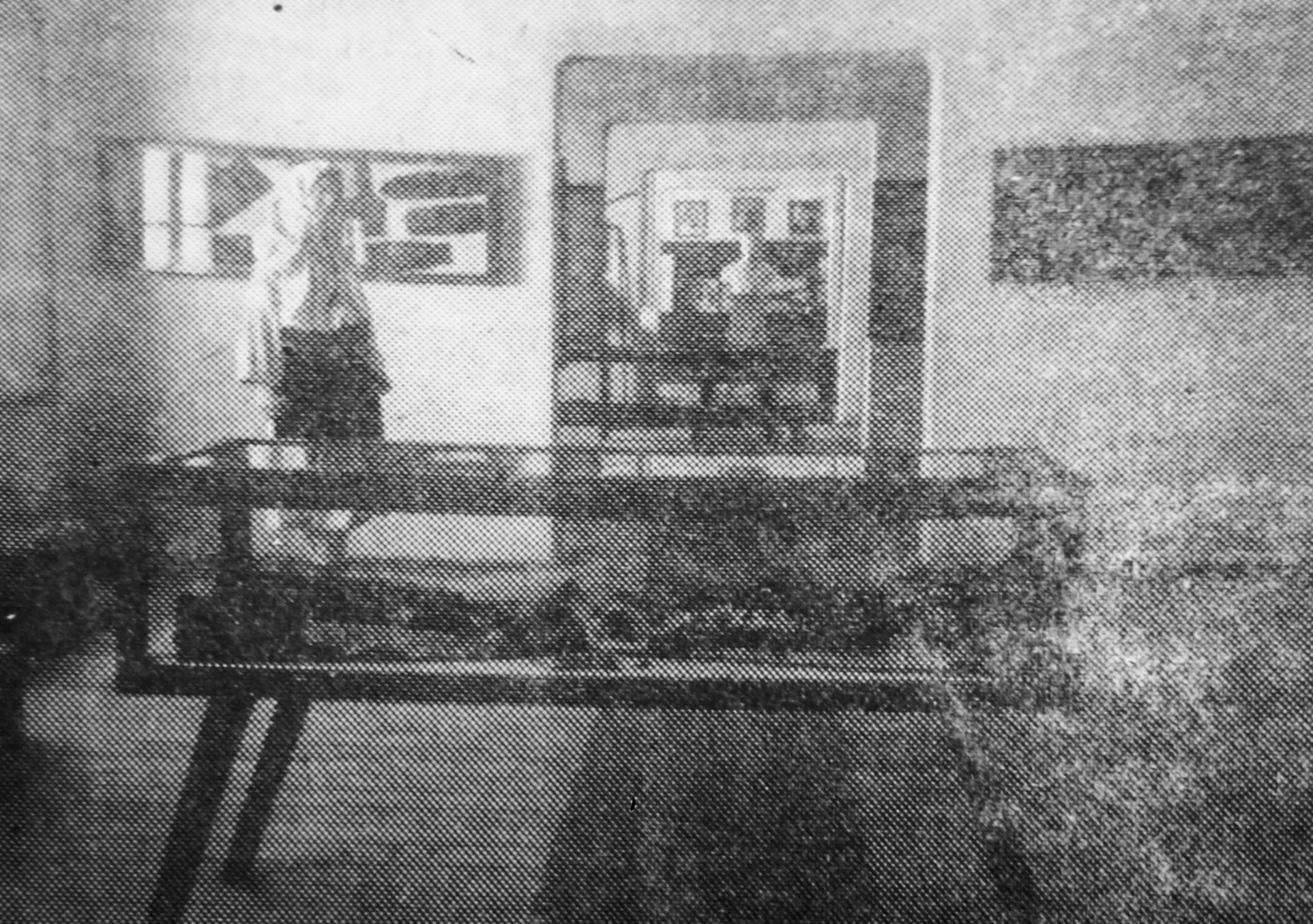
The collection of the museum grows and new departments have been opened, hence the museum becomes a museum of the composite type and the name was changed from city to national museum.
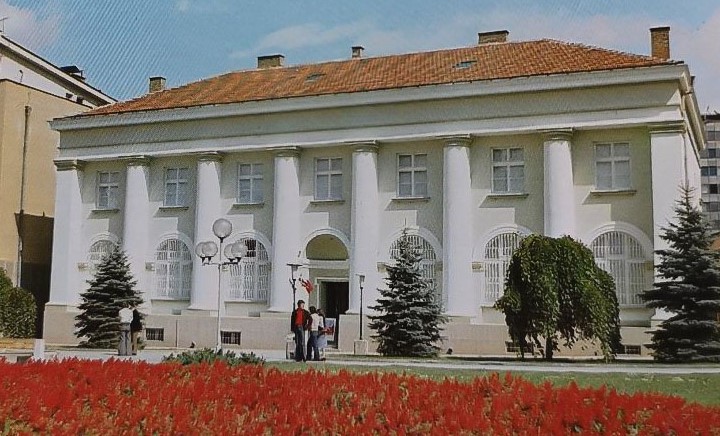
By the end of the year, the Historical Archives and Red Cross moved out of the ground floor of the building, which could now be used by the museum.
.jpg)
The current permanent exhibition of the museum is placed in the exhibition space adapted in 2010.
The building of the current National Museum was built in 1927 for the Military Institute of Road Design. From its founding in 1951, the Museum shared the building with the Historical Archives located on the ground floor from 1950 to 1967. At the same time, the local Red Cross Organization was located in the building as well. Unfortunately, the building itself was not designed for a museum hence it has been renovated many times. The last reconstruction of the complete exhibition space took place in 2010.
As an initiative of the Council for Education and Culture of the City Government, the City Museum was founded in January 1951. It was officially open on March 27 and was located in a small building at Dositejeva Street no.1. By the end of 1951 it has been moved to the building at the main city square, Kajmakčalanska Street no.2 (now Dragoslava Srejovića 2) where it still remains. From the beginning, its main mission was research and preservation of cultural heritage of Zaječar County.
In the beginning, the museum collection consisted of several photographs, some written articles from the World War II, and a dozen of archeological objects. Gradually the collection grew and the museum became a museum of a composite type, hence several departments were founded: historical (1951), ethnological (1952), archeological (1955), art gallery (1955), documentation (1996), and intangible cultural heritage (2014).
Presently, the Museum stores in various collections more than 15000 objects, while particular ones hold a prominent place in the world cultural heritage (the mosaics, sculptures, architectural decorations from the Imperial Palace Felix Romuliana, etc.). Radul-bey’s Inn (19th Century), the Turkish Watermill (18th Century), and the archeological site Felix Romuliana all work as part of the Museum.
The Museum won numerous awards during its rich past, and was pronounced the best museum in Serbia in 2012 by the national committee of ICOM.
ARCHEOLOGICAL DEPARTMENT
When it was founded, the Museum had only a dozen of archeological objects found accidently during agricultural works. Nevertheless, as soon as the official research of the late antiquity site Felix Romuliana begun in 1953, this department significantly grew. Presently, the archeological department consists of following collections:
- Prehistory with 330 objects (3000 BC – early 1st century AD)
- Antiquity with 39 objects (2nd-4th century)
- Felix Romuliana Collection with 3000 objects (4th-6th century)
- Middle Ages with 83 objects (10th-16th century)
- Coin Collection with 684 coins (the coins of Greek Colonies, Roman Republican coins, Roman Early and Late Empire coins, and Byzantine coins).
ETHNOLOGICAL DEPARTMENT
Ethnological Department was founded in 1952 and currently consists of 5000 objects dating from the 18th century until today, from Zaječar and the region of Eastern Serbia. The objects are divided into various collections in two main categories – urban and rural ethnology. The collection is extremely rich due to the fact that Zaječar and its surroundings are a point where 10 different ethnic groups meet. Among this, the collections that stand out for its number and beauty are the collections of jewelry, distaffs, belts, socks, and gloves. In the Museum, a part of the permanent collection is devoted to ethnology.
Ethnological Department has three more buildings under its jurisdiction:
- Radul-bey’s Inn, the monument of the folk architecture in the 18th century, where a permanent collection devoted to old Zaječar can be seen on the upper floor,
- Turskish Watermill, the monument of the folk architecture from the 18th century and which has been turned into a national restaurant (unfortunately currently closed),
- the house in Mali Izvor received as a gift in 2008, a monument of the folk architecture where permanent ethnological exhibition is to be installed.
HISTORICAL DEPARTMENT
This was the first department which was founded when the museum opened, and its goal used to be the preservation of memory to People’s Liberation Movement and the struggles in the World War II. In the first decade, the permanent exhibition was constructed with two main historical focuses: National Liberation Struggle in Timok Region, and Timok Uprising in 1883. In the 1990s significant political changes took place hence this permanent exhibition had to be changed as well. After the last renovation of the exhibition space in 2010, the historical department again has its place in the permanent exhibition. This time, the focus is on the local individuals whose lives and work had an impact on global scale (Adam Bogosavljević, Nikola Pašić, Đorđe Genčić, etc.).
The historical collection currently consists of over 2500 objects from 19th and 20th century and which is divided into following segments:
- until 1918,
- 1918 – 1941,
- National Liberation Struggle,
- socialism.
ART HISTORY DEPARTMENT
In early days, this department had a modest collection of 20 paintings and several copies of frescoes. In 1970s a more active gathering of art objects begun, and it included Yugoslav, Serbian, and local artists. The collection grew from acquisitions and gifts, and the Museum has artworks by the prominent 20th century artists: Vera Božičković Popović, Olja Ivanjicki, Leonid Šejka, Velizar Krstić, Aleksandar Luković Lukijan, Dragan Mojović, Živojin Turinski, Ljubica Cuca Sokić, Frano Mengelo Dinčić, Mira and Sava Sandić, etc. Particularly rich is the collection of the painters Dušan Adamović, in his days a drawing professor at the Gymnasium, and Anatolij Bajev, Russian emigre who lived in Zaječar in 1930s.
The art collection currently has more than 1000 artworks divided into collections: paintings, sculptures, drawings, graphics, icons. The collection of applied art has works by graphic designers and stores posters, theater and fashion costumes, photography, ceramics and glass objects. The collection of the local potter Velimir Đorđević occupies a special place in the collection.
VISIT ALSO:
Sources:
Gordana Živković, Anka Lalović, Đorđe Milošević, Leposava Milovanović, Mira Kolin Nikolić. „Trideset godina Narodnog muzeja u Zaječaru.“ Razvitak, XXI, July-Ocyober 1981, no.4-5, pp.24-39.
The official website of National Museum Zaječar: https://muzejzajecar.org/
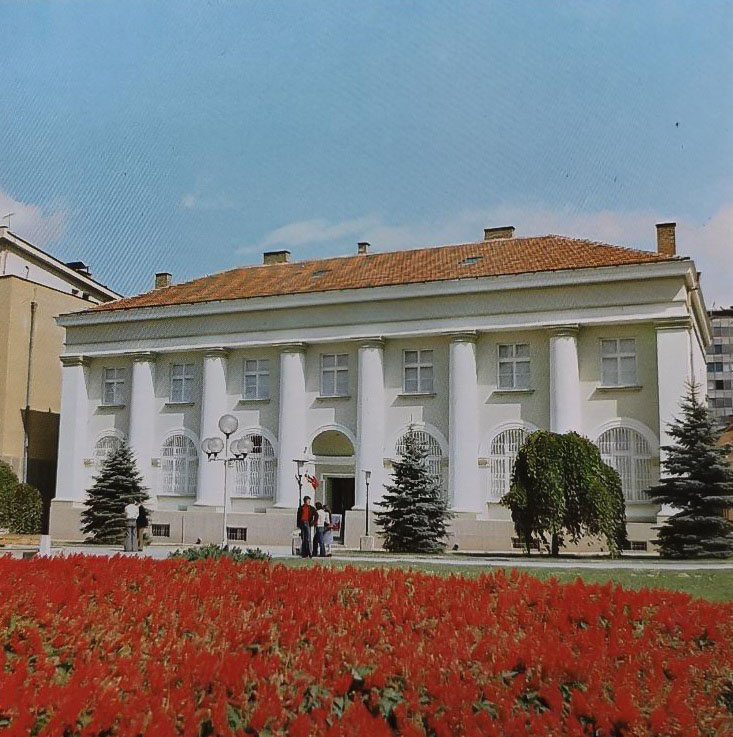
Museum in the 1970s.
12.jpg)
The postcard of Zaječar with the photograph of the Museum in late 1970s. From the collection of the National Museum Zaječar.
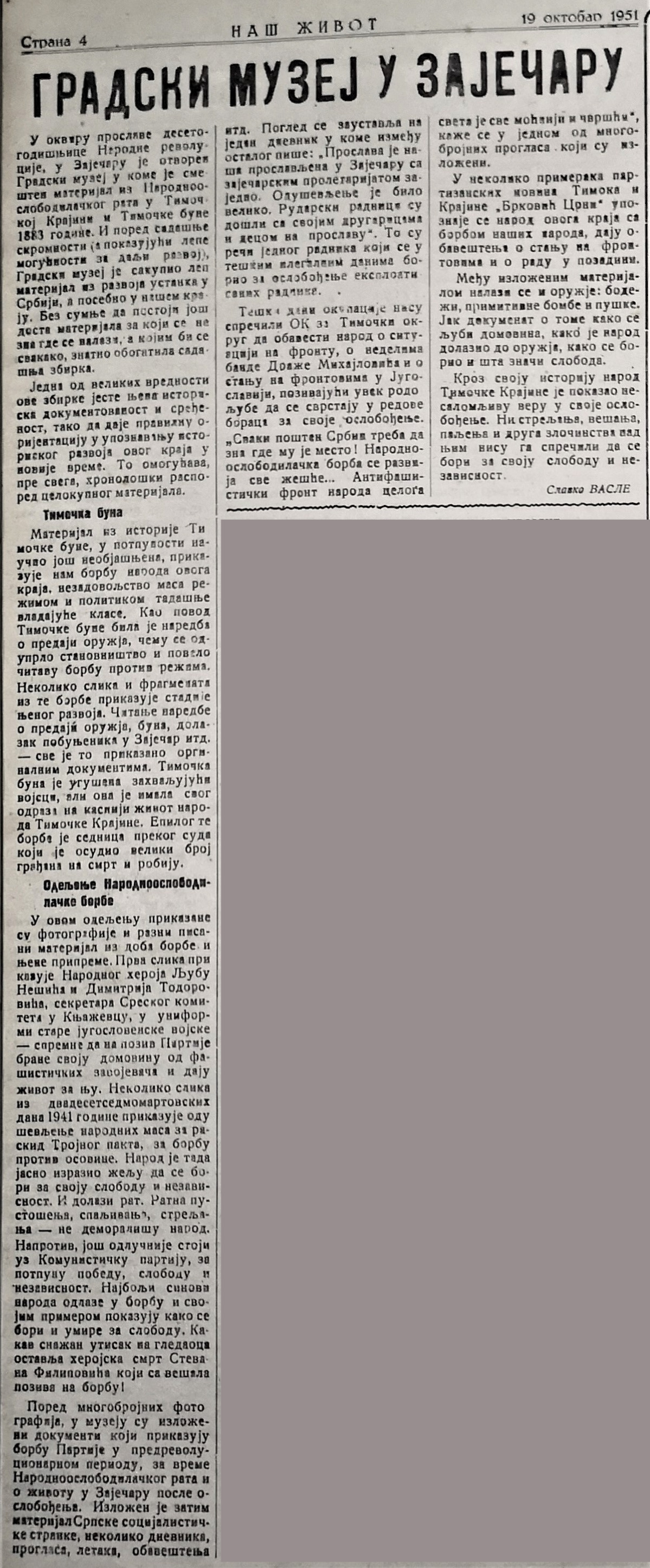
Naš život Newspaper, 1951.
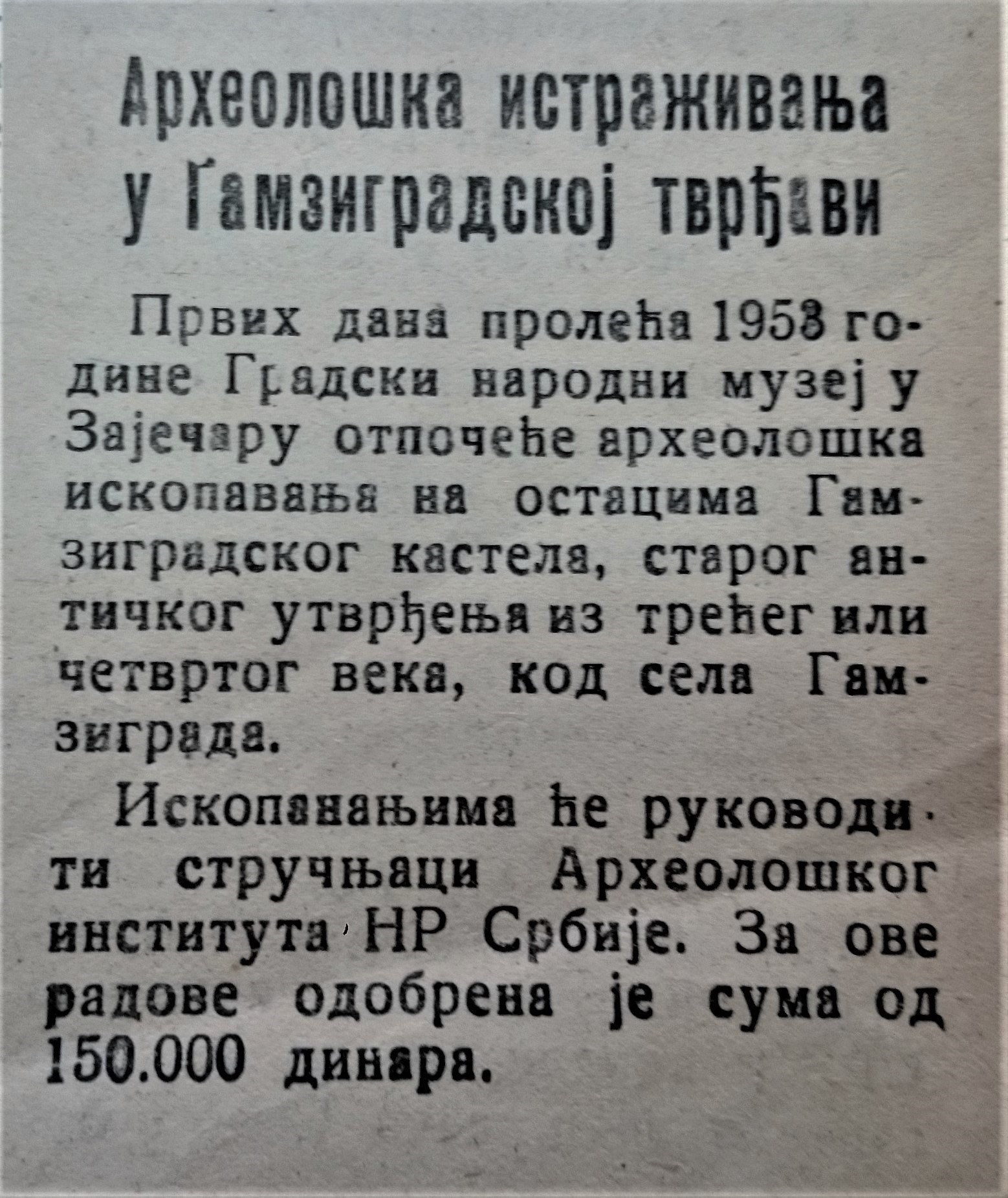
Timok, 1953.

Timok, 1954.
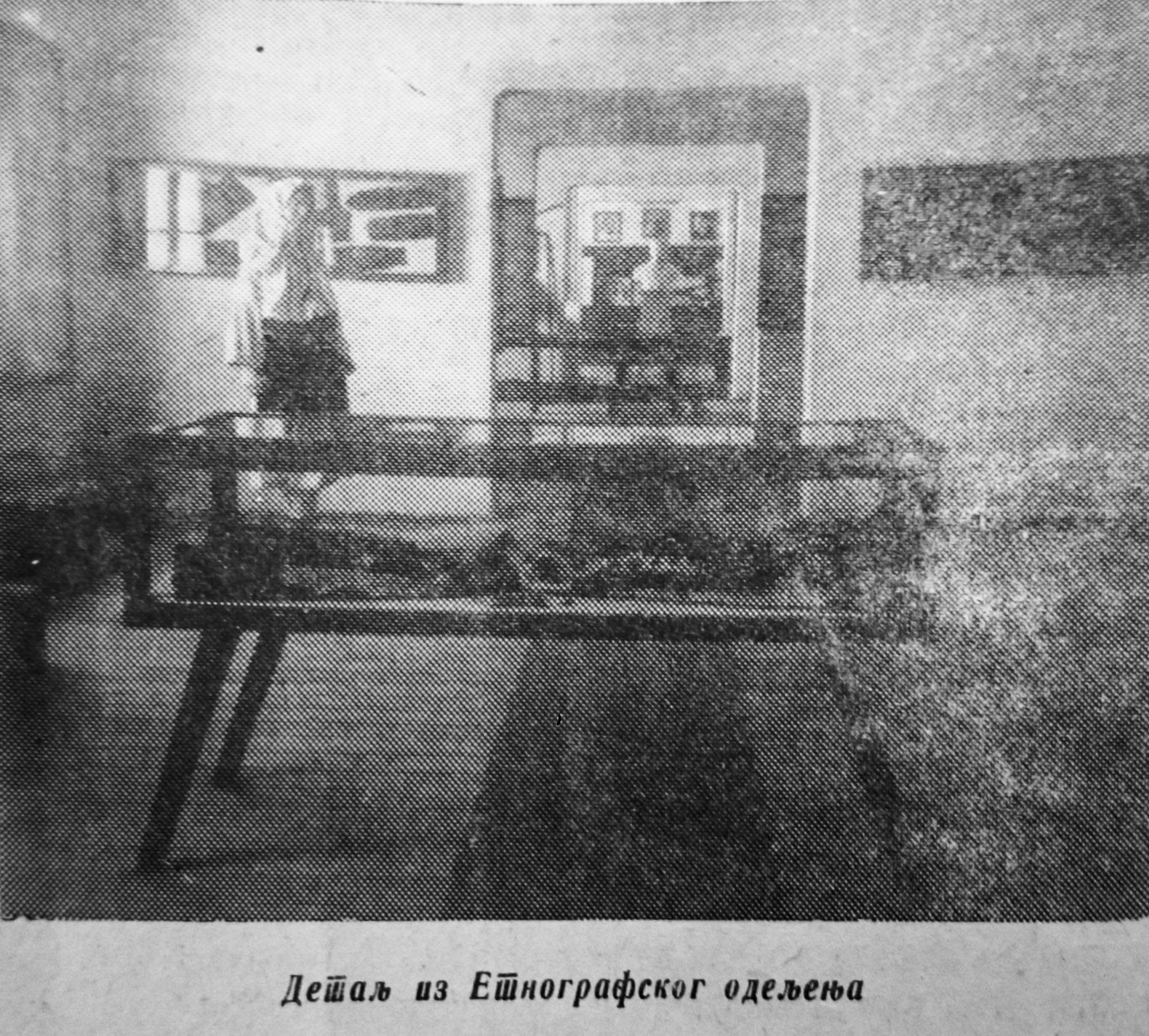
Timok, 1954.

Timok, 1959.
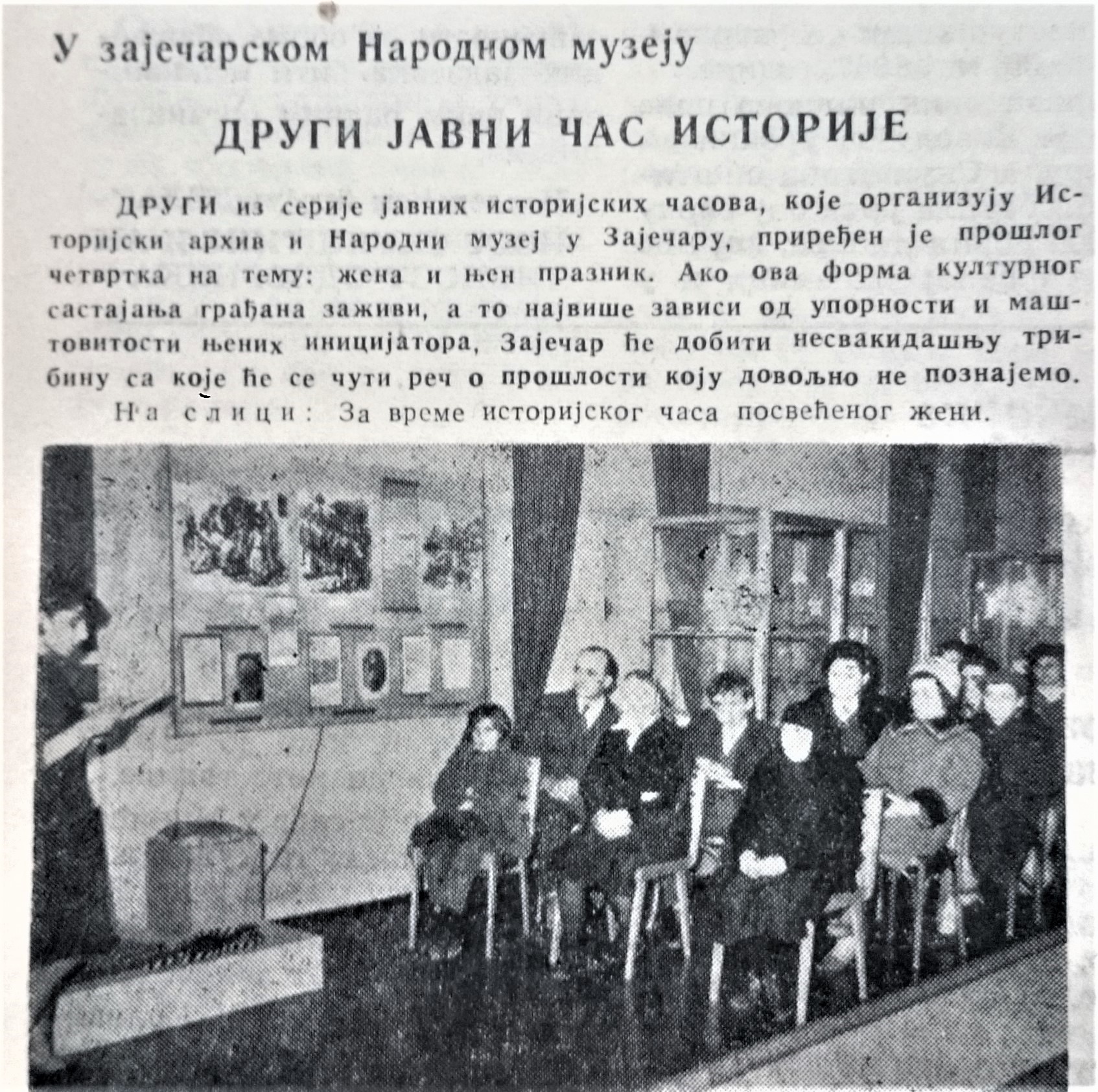
Timok, 1967.
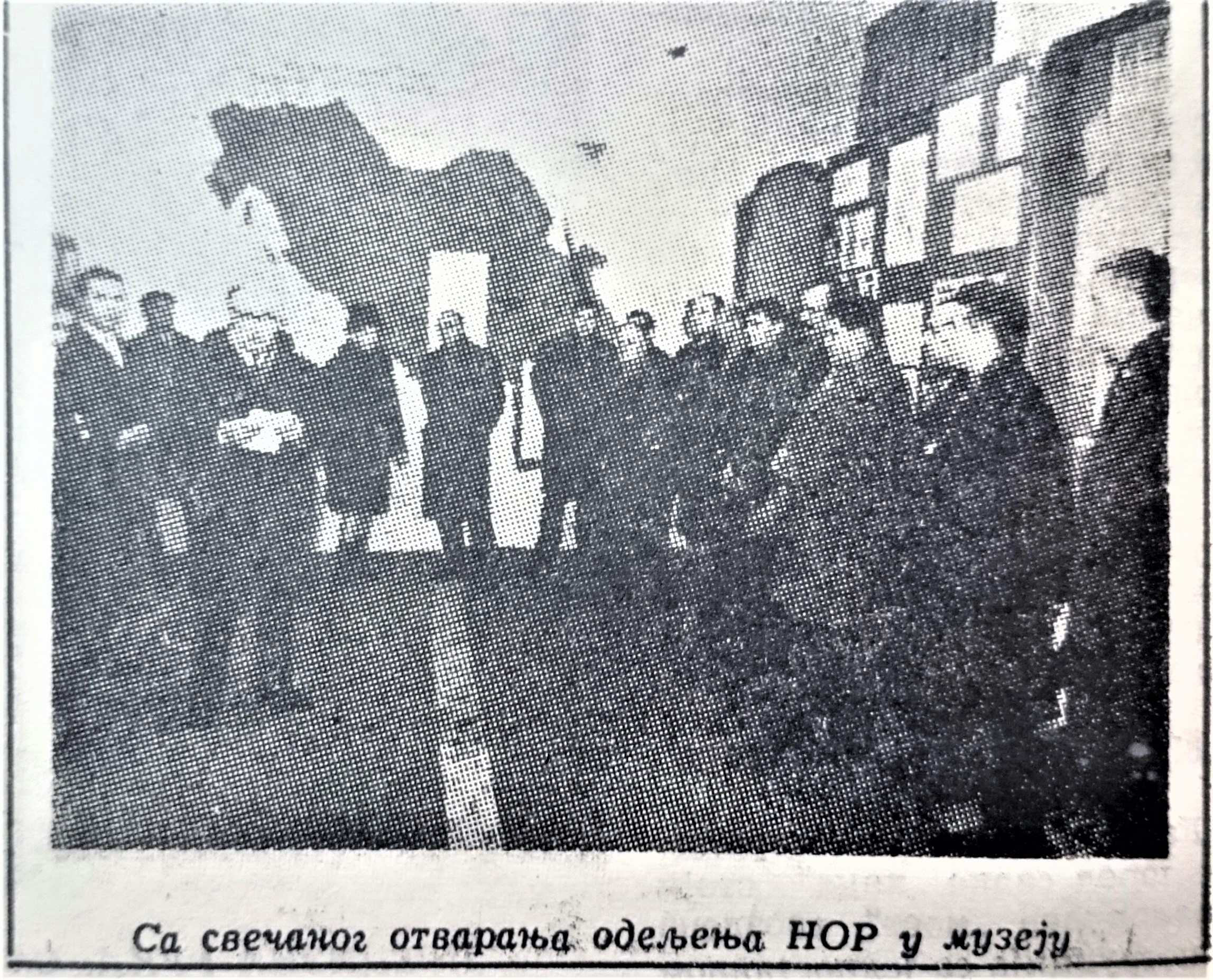
Timok, 1967.
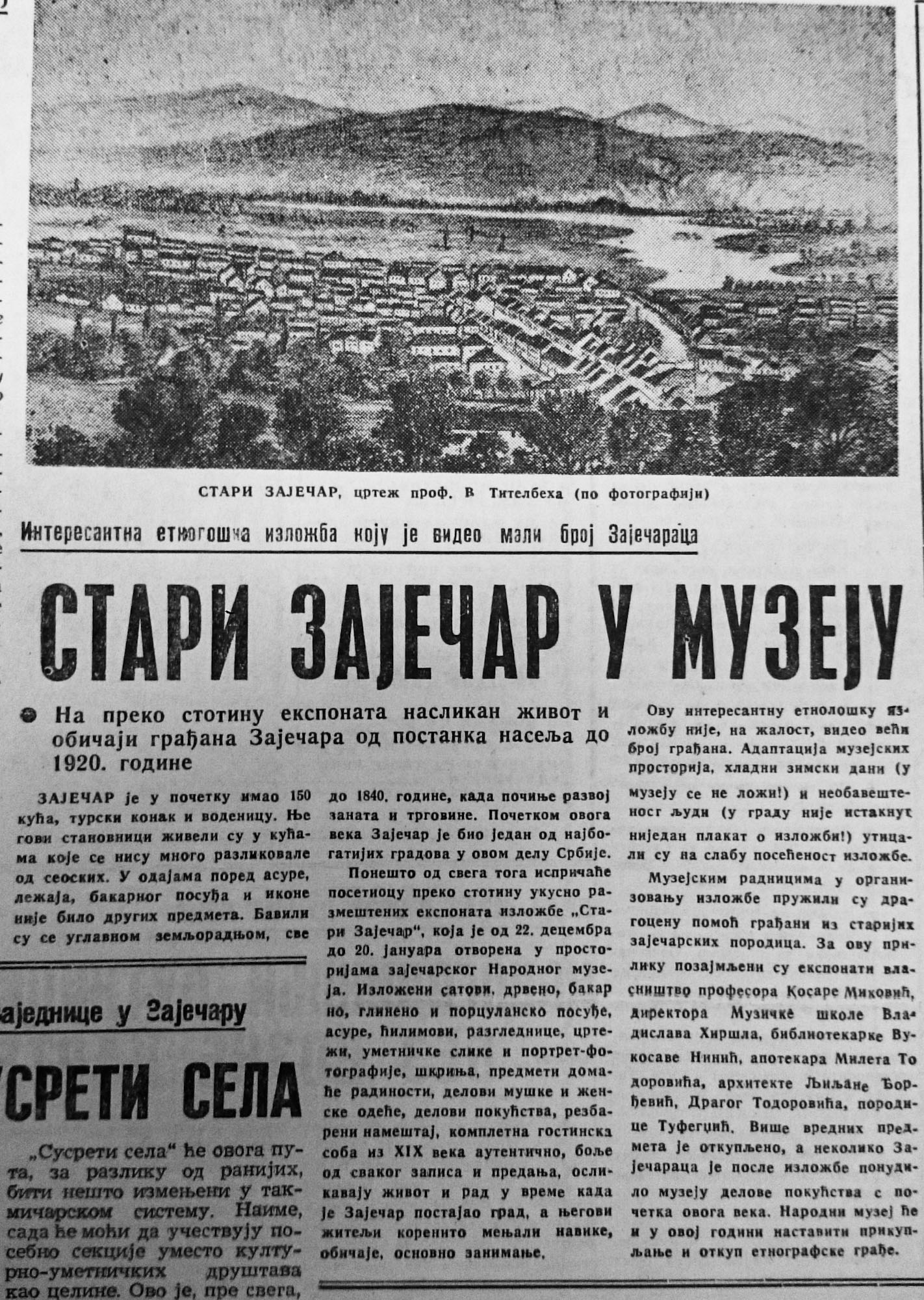
Timok, 1968.

Timok, 1974.
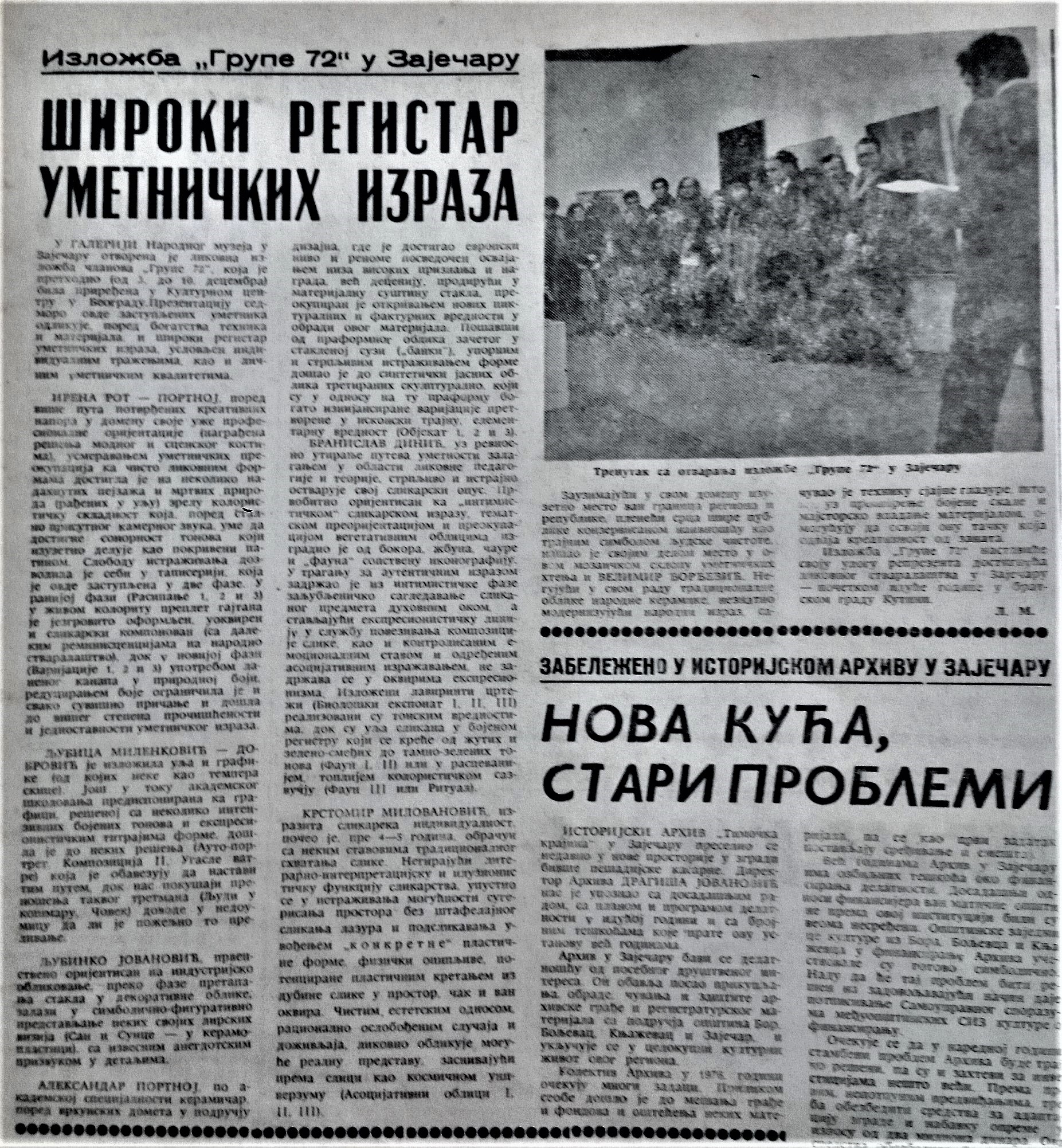
Timok, 1975.
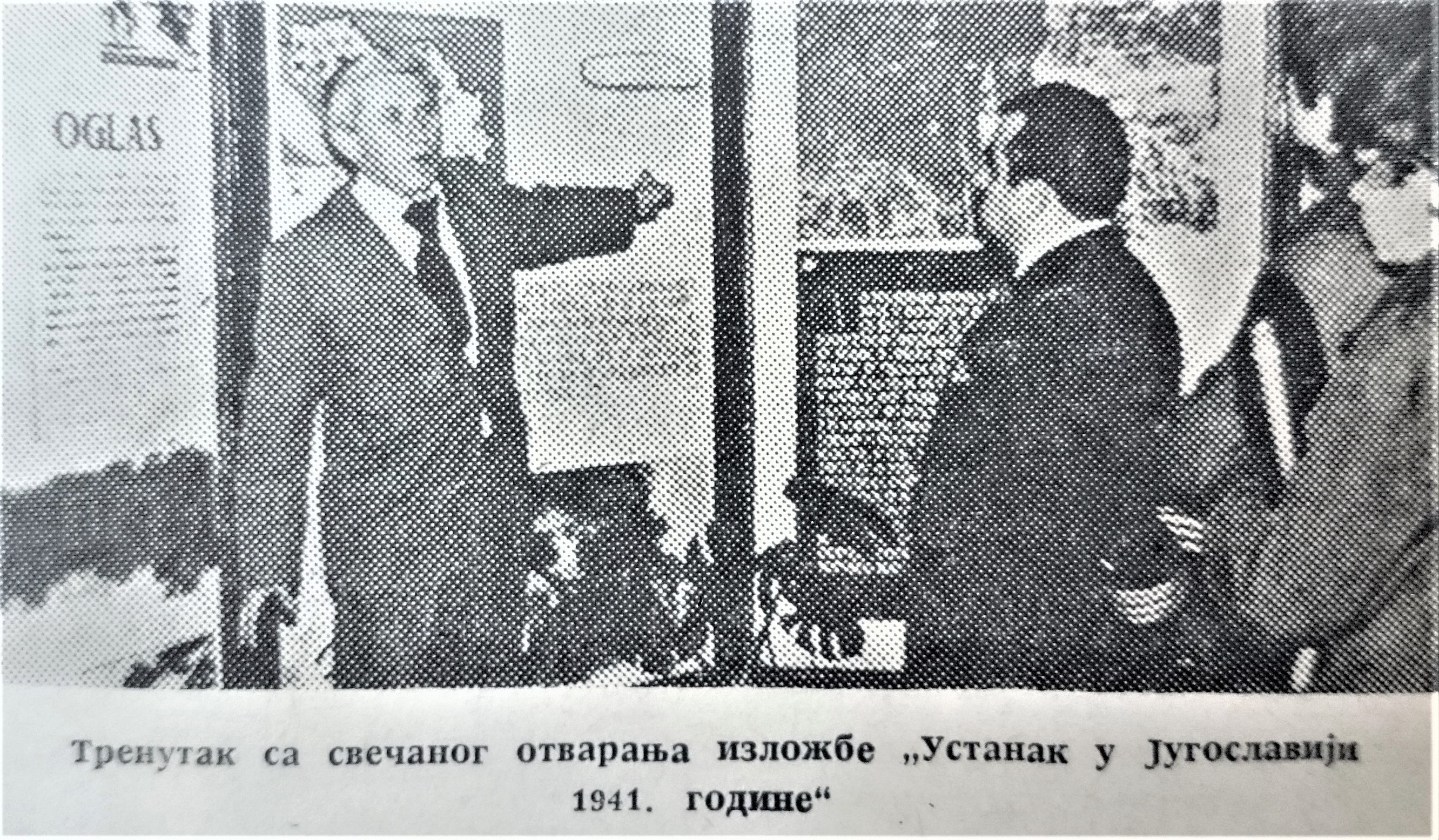
Timok, 1976.

Timok, 1978.
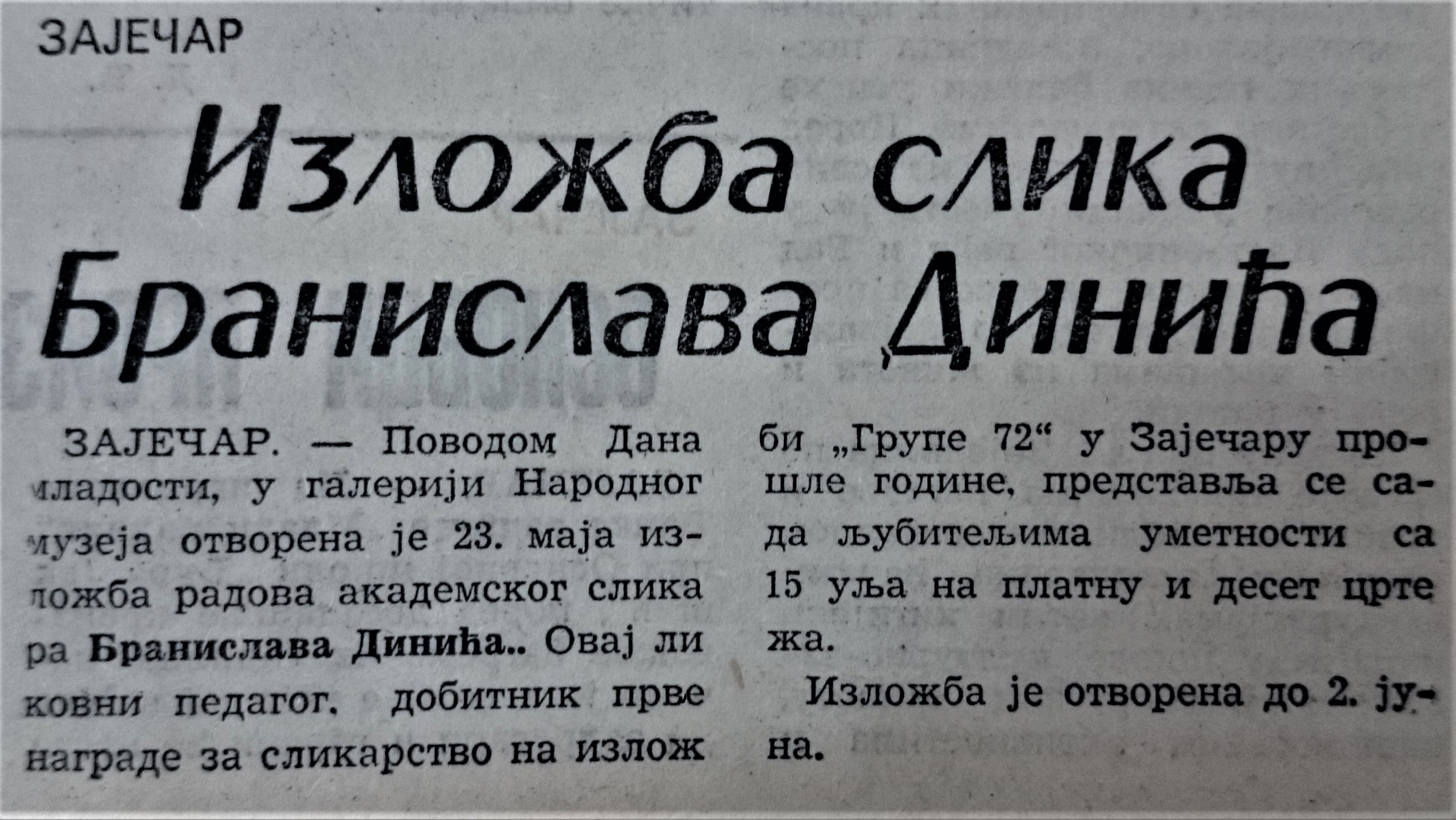
Timok, 1978.

Timok, 1978.
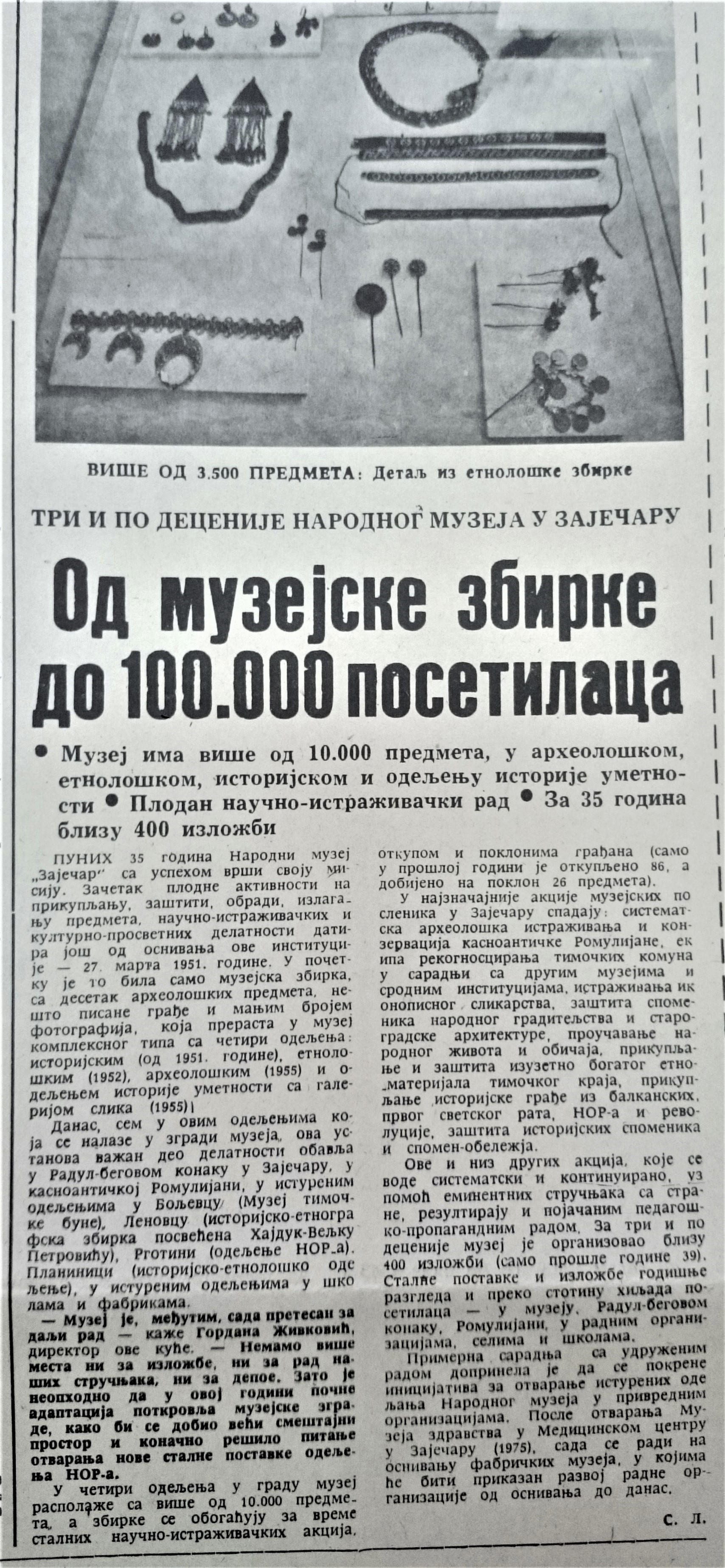
Timok, 1986.
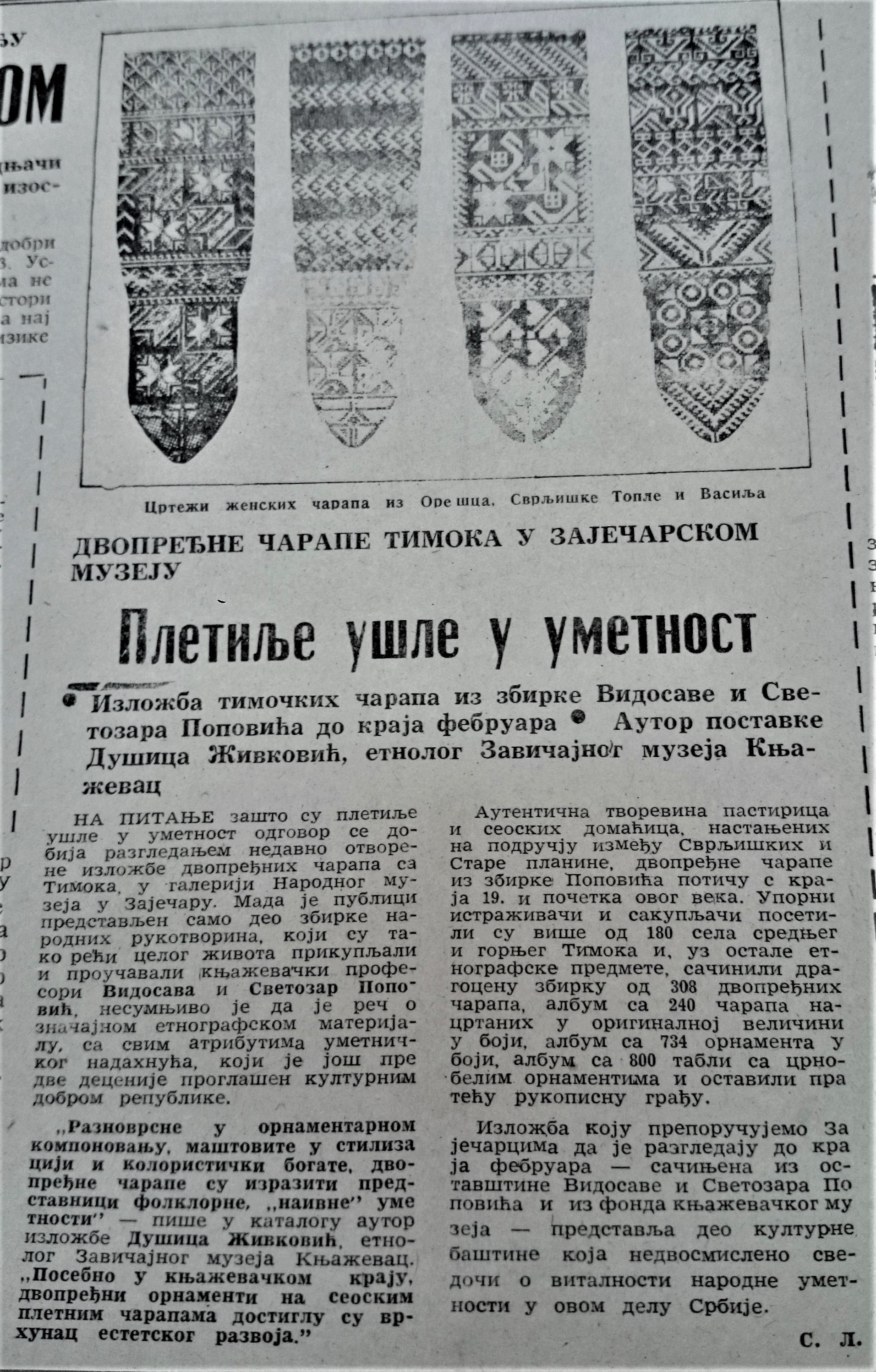
Timok, 1986.
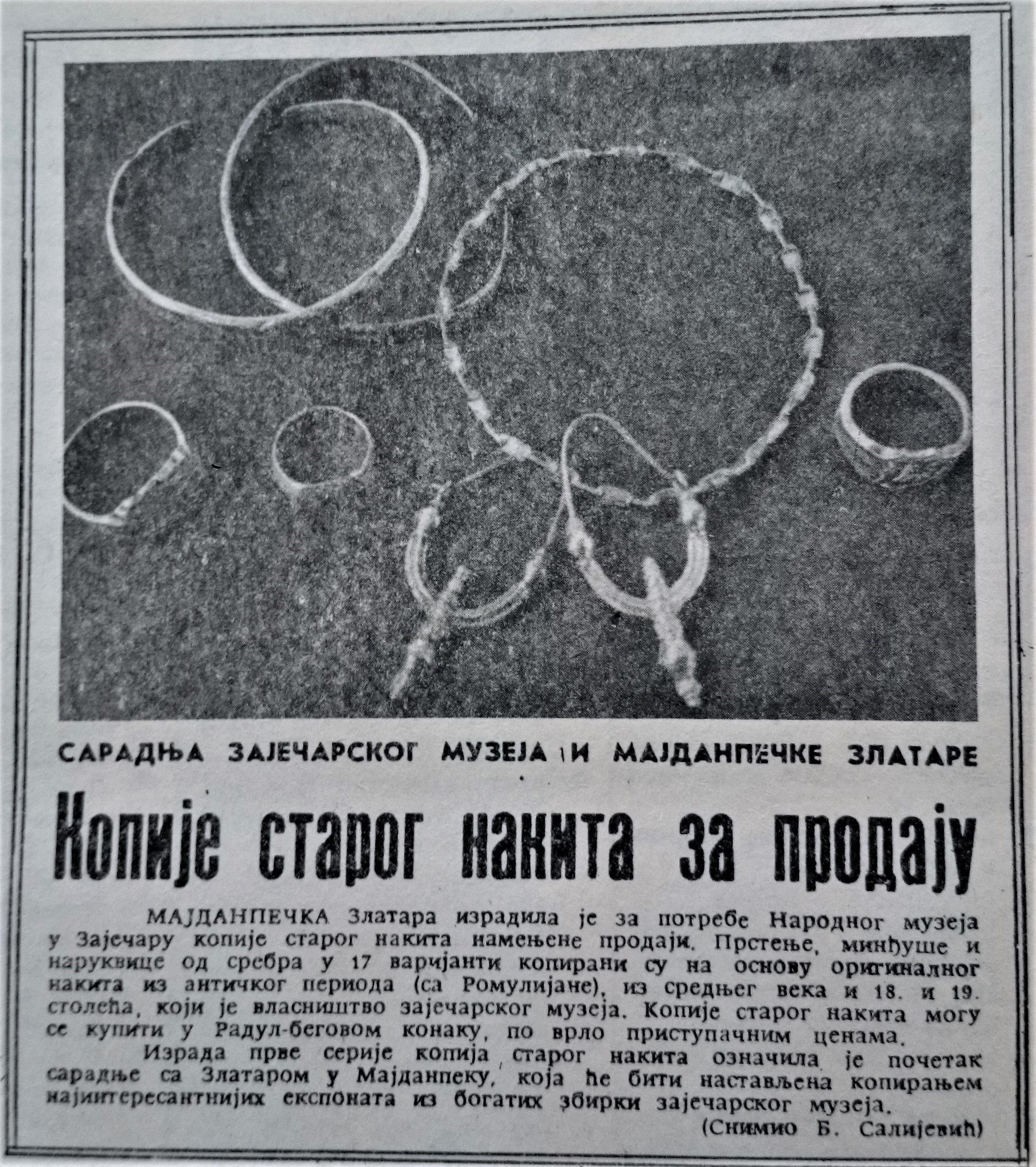
Timok, 1987.
12.jpg)
Permanent exhibition, 2012. Archive of SKVER Magazin
12.jpg)
Permanent exhibition, 2012. Archive of SKVER Magazin
12.jpg)
Byst of Gaius Galerius Valerius Maximianus, porphyry, cca 303 AD. Archive of SKVER Magazin, 2020.
12.jpg)
Permanent exhibition, 2020. Archive of SKVER Magazin
12.jpg)
Permanent exhibition, 2012. Archive of SKVER Magazin
12.jpg)
Permanent exhibition, 2012. Archive of SKVER Magazin
12.jpg)
Permanent exhibition, 2020. Archive of National Museum Zaječar
12.jpg)
Permanent exhibition, 1995. Archive of National Museum Zaječar
12.jpg)
Permanent exhibition, 2012. Archive of SKVER Magazin
12.jpg)
Permanent exhibition, 2012. Archive of SKVER Magazin

Photo: Mikica MIH Andrejić
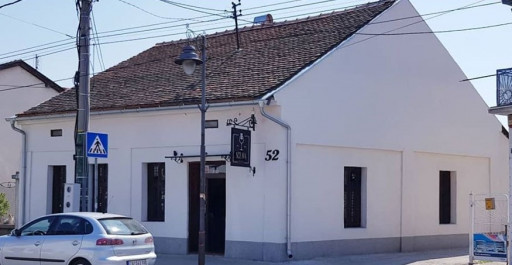
"Scena Bar" continues a long tradition of catering where, since 1893, the inn "Nacional" used to be,...

Technical High School was founded in 1966 and since the beginning was located at the building in whi...
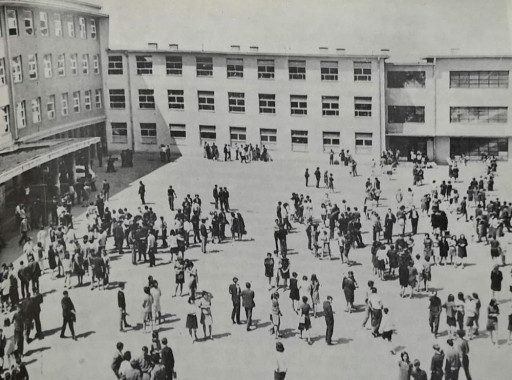
Zaječar was one of the first towns in Serbia with a high school – on August 22, 1836 the “Big School...
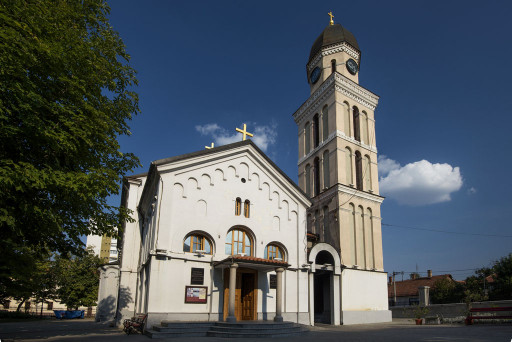
The oldest brick building in Zaječar was erected immediately after the liberation of the Ottomans, a...